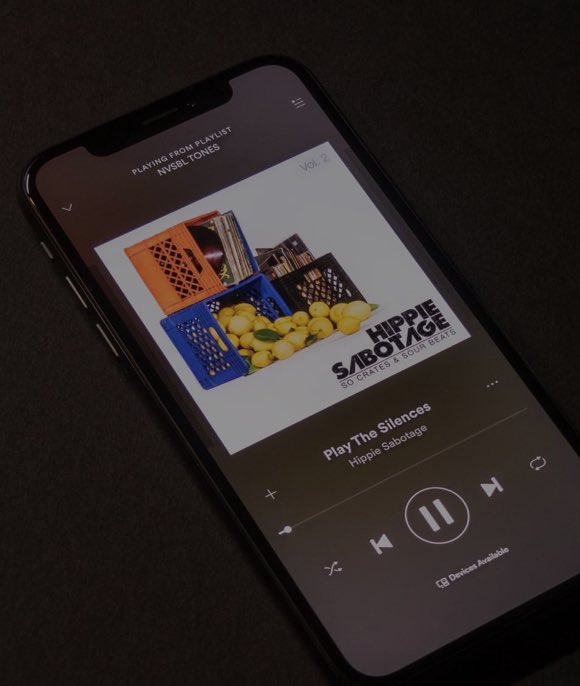1. Your design is outmoded.
It’s an unfortunate truth, but we all judge books by their covers. In the study, psychologist and researcher Dr. Elizabeth Sillence asked participants to review websites on the subject of hypertension and then rate whether they trusted or distrusted the website. In a surprising turn of events, the study found that 94% of wary respondents attributed their uneasiness to the website’s design.
Design matters. So if your site still looks like coming from the era of ’90-ish, it’s definitely a perfect time to upgrade your website looks.
2. Your site lacks personality.
Brand personality matters on your website and in your marketing campaigns.
The Millward Brown agency found that “there is a relationship between the way brands express themselves in different countries and the strength of the consumer relationships they generate.”
3. Your site is slow to load
Research from KISSmetrics reports that load times matter when it comes to website performance. Here are some key stats from their analysis:
47% of consumers expect a web page to load in two seconds or less. 40% abandon a website that takes more than three seconds to load. Even a one-second delay (or three seconds of waiting) decreases customer satisfaction by about 16%. If you’ve put off optimizing your site’s load performance, put it at the top of your to-do list.
4. Your site isn’t responsive.
If your site isn’t responsive to mobile devices, you’ll likely lose out significantly in the organic search rankings. That’s not all, though: According to research gathered by Mobify, “30% of mobile shoppers abandon a transaction if the experience is not optimized for mobile.” Transitioning to a responsive design can be a pain in the butt, but can you really afford to miss out on all that traffic and all those sales?
5. Your content is difficult to read.
On a related note, consider that design isn’t just about colors, images and graphics. The fonts you use, as well as the colors of your text and background, can determine how easily people can read and digest the content on your website. If it can’t be easily read, it’s simply not going to convert very well.
There are no hard-and-fast rules about which fonts to use and which to avoid — except you should never, ever use Comic Sans. Instead, stick to high-contrast color combinations and clean, ornamentation-free serif or sans serif fonts for best results. Here are a few tips and ideas on choosing the right fonts for your marketing.
As for font size, stick to larger fonts to give visitors a better experience whether they’re on desktop or using a mobile device. For headlines, use a font size of 22 px or larger. For body copy, stick to 14 px or larger.
These problems are very possible to fix, here are 5 tips for you to keep your visitors on your page longer.





